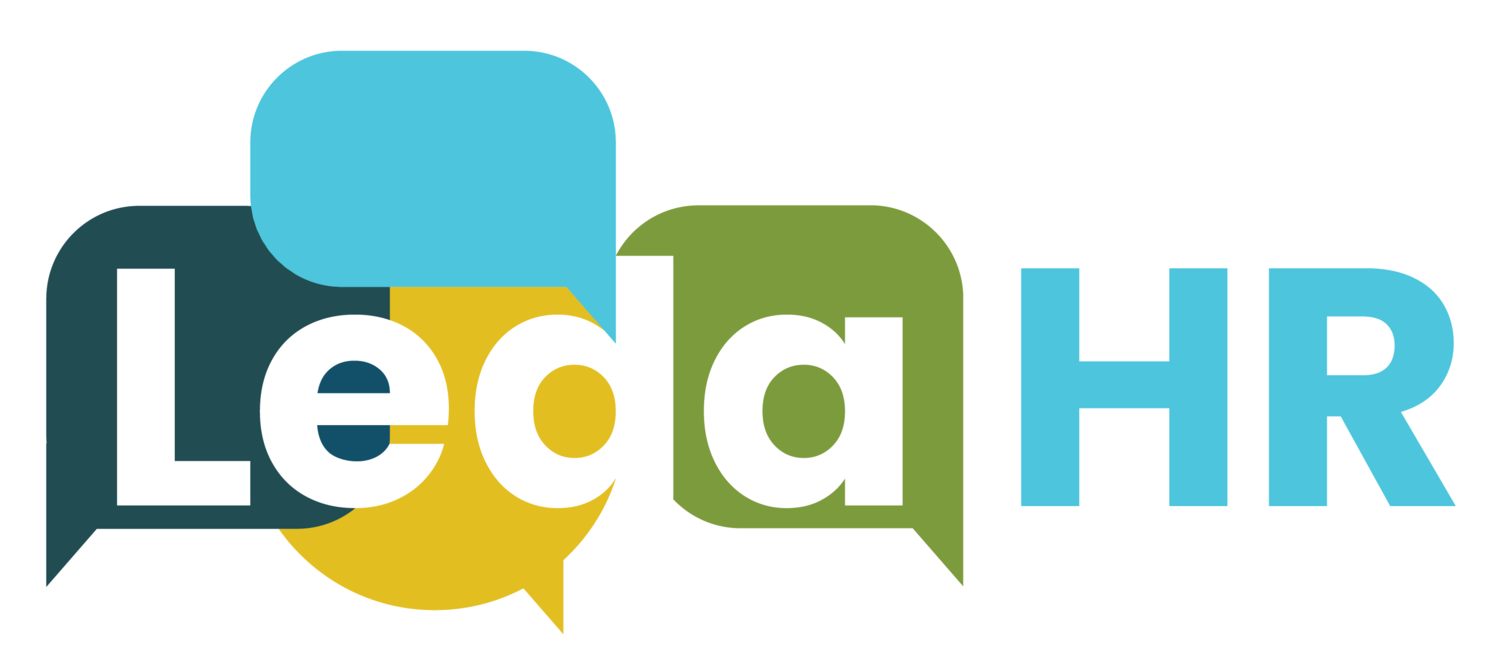5 Ways to Work Towards Gender Equity in the Workplace
By Kristin Bower, Partner, Leda HR
We frequently hear from women about the challenges that they continue to face in the workplace and in society. In Canada we like to think that we are ‘better than’ - better than countries where women are not legally allowed to drive or vote. Better than countries that do not provide maternity leave. The reality in Canada is not quite as rosy as we like to believe, however. When we fail to acknowledge our own shortcomings, we allow systemic barriers to inclusion to remain and, in many cases, to flourish unchecked.
Many of us have heard the statistics:
Women in Canada who work full-time earn on average only 87 cents to every dollar earned by men (Statistics Canada, 2017).
Women continue to be under-represented in leadership and executive positions, occupying just 23% of board positions in Canada’s top 500 corporations (Canadian Board Diversity Council 2017 Report Card).
And then there is workplace culture. Something that we hear in almost every focus group with women is this: microaggressions are alive and well in the workplace.
A microaggression is indirect, subtle, or unintentional discrimination against members of a marginalized group. It is easy to identify overt acts of harassment, discrimination, or violence in the workplace (we know that one person punching another is bad); it is the microaggressions that are harder to identify. In many cases they are far more toxic than the big things.
Because they can be very subtle, those who experience them may question their reaction to them (Did this really just happen to me? Did that person mean what they said or did?). As a result, they often don’t report them. And that makes them harder to address.
Some common examples of microaggressions are men invading a woman’s personal space, inappropriate touching, comments of a sexual nature, men speaking over women in meetings, and stereotypically derogatory comments. These experiences send a message to women: you are less valuable and less worthy. They may be unintended but the impact is harmful.
If you are a woman who is also BIPOC (Black, Indigenous, people of colour), trans, or you have a disability then you experience even more marginalization. Simply put, the inequity gap is larger and deeper.
The lesson here is that when we keep our blinders on, when we let our unconscious bias dictate our beliefs, choices, actions, and decisions, inclusion and equity get left behind.
As employers, managers, and colleagues we all have a role to play in closing the gender gap in the workplace. It can be overwhelming to consider where to begin and what actions one person or an organization can take. Here are a few places to start:
Accommodate flexibility and be empathetic. With more people working from home and a global pandemic that has impacted women significantly, we have seen the line between work and home blurred. Support the disproportionately higher number of women than men who are caregivers and parents to navigate life’s challenges.
Learn about unconscious bias. We all have it – if you have a brain, you have bias. The key is moving from unaware to aware. You cannot fix a problem - or mitigate your bias - when you cannot see it.
Reject outdated stereotypes and the behaviours that reinforce them. Do not ask your female employees to arrange the potluck lunch or circulate the office birthday cards. Review your dress code with an eye to inclusion. Ensure that women have equal airtime in meetings (and do not talk over them).
Stop making assumptions about what women want and need in the workplace. If you want to learn about women’s experiences in the workplaces, ask them to tell you. Arrange listening sessions or focus groups to really understand your female employees. Then do something with that knowledge.
Define terminology. Provide a common, shared understanding of terms like sexual harassment, discrimination, and microaggressions. Provide tools and avenues to report these things. Then when they happen, deal with them. Hold everyone accountable to fostering a psychologically safe, welcoming, inclusive, and healthy workplace.
You do not have to do it all today. But you do have to start. In the words of Malala Yousafzai, “We cannot all succeed when half of us are held back.”

